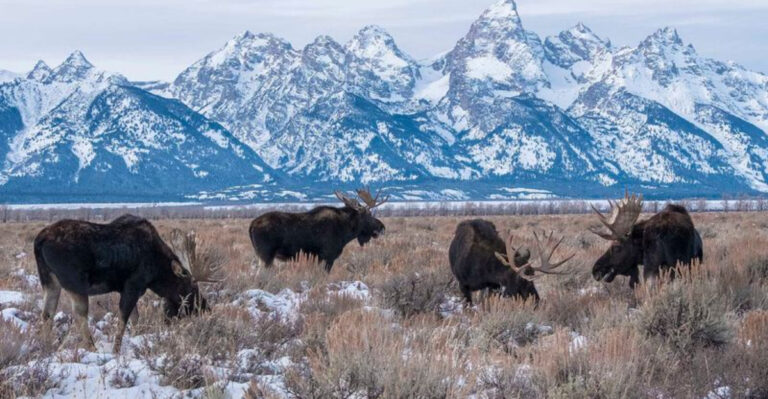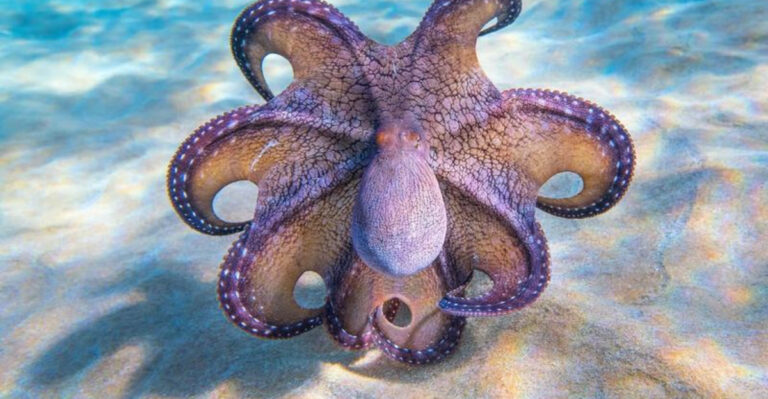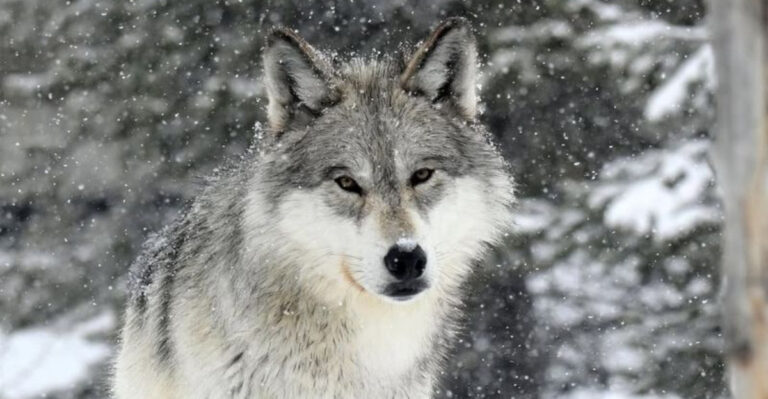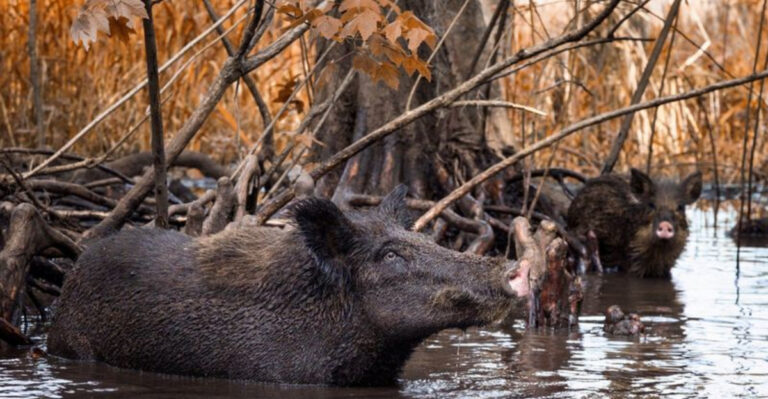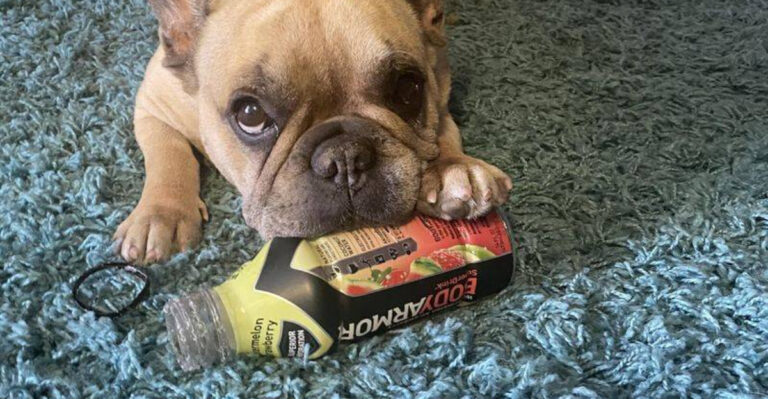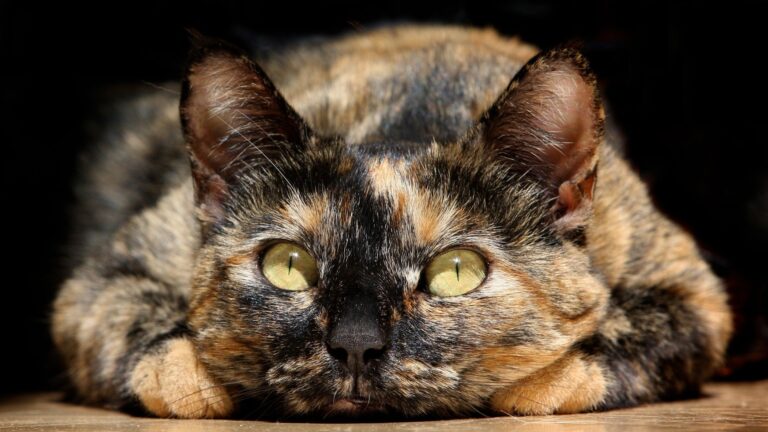Endangered Camel Species Born At A British Zoo

A precious new life has entered the world at Whipsnade Zoo in the UK! A rare Bactrian camel calf was born on May 18, 2024, marking the first birth of this species at the zoo in eight years.
This special arrival represents hope for Bactrian camels, which are critically endangered in the wild with fewer than 1,000 individuals remaining in their native deserts of Mongolia and China.
Birth Details
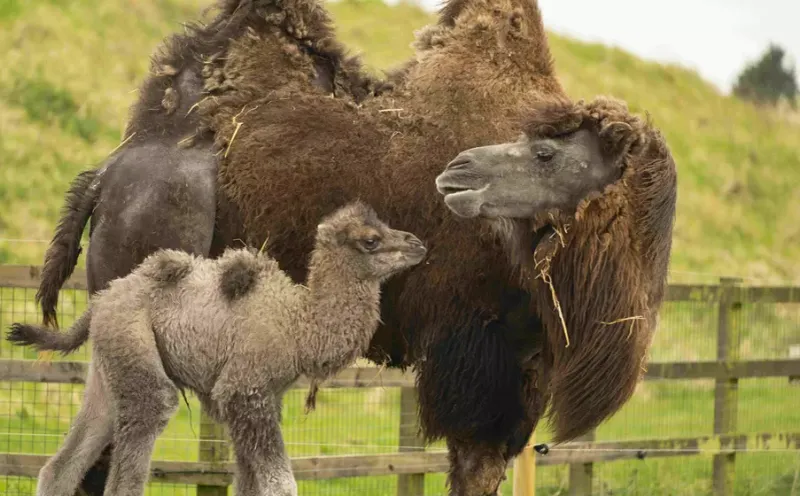
The tiny camel arrived on May 18, 2024, after mom Orla carried him for a whopping 13 months! First-time mother Orla and proud dad Oakley welcomed their bundle of joy to the delight of zoo staff.
This special delivery marks the first Bactrian camel birth at Whipsnade Zoo in eight long years, making it a momentous occasion for conservation efforts.
Early Development
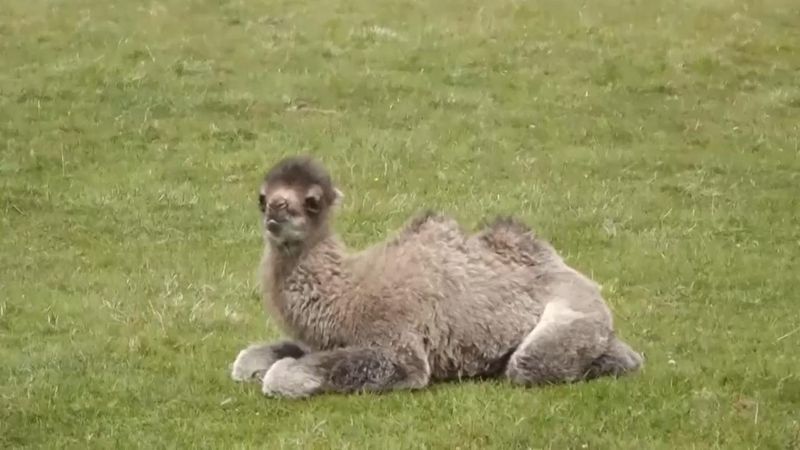
Watching this little one take his first wobbly steps just hours after birth amazed even veteran zookeepers! His gangly legs, still finding their strength, support a body covered in soft, fuzzy fur.
Rather than staying silent, this chatty youngster fills the air with adorable squeaks and murmurs as he explores his new world with boundless curiosity.
Mother Knows Best
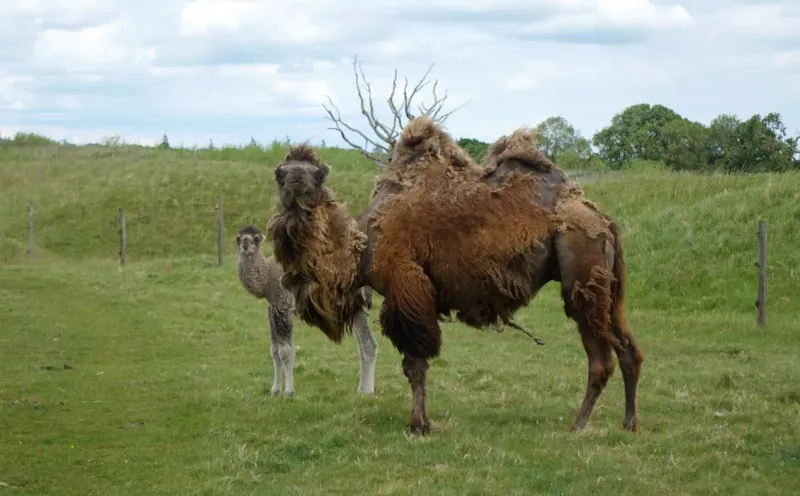
Forget the stereotype of grumpy camels! Orla breaks the mold with her gentle, attentive parenting style. Her soft murmurs constantly reassure her baby that mom is nearby.
Like a helicopter parent (but in a good way), she keeps her precious calf within eyesight at all times. This natural maternal behavior showcases the tender side of these often misunderstood creatures.
Family Reunion
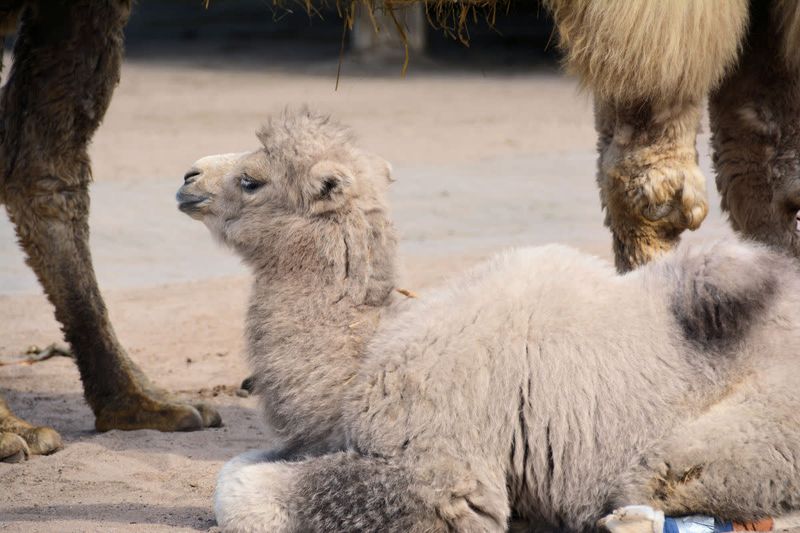
Sibling dynamics aren’t just for humans! The newborn’s one-year-old half-sister Sally, born April 2023, now has a baby brother to show the ropes around the paddock.
This built-in playmate provides crucial socialization opportunities. Through Sally, the little one will learn important camel etiquette and behaviors, creating a strong family bond that mirrors wild herd structures.
Racing Against Time
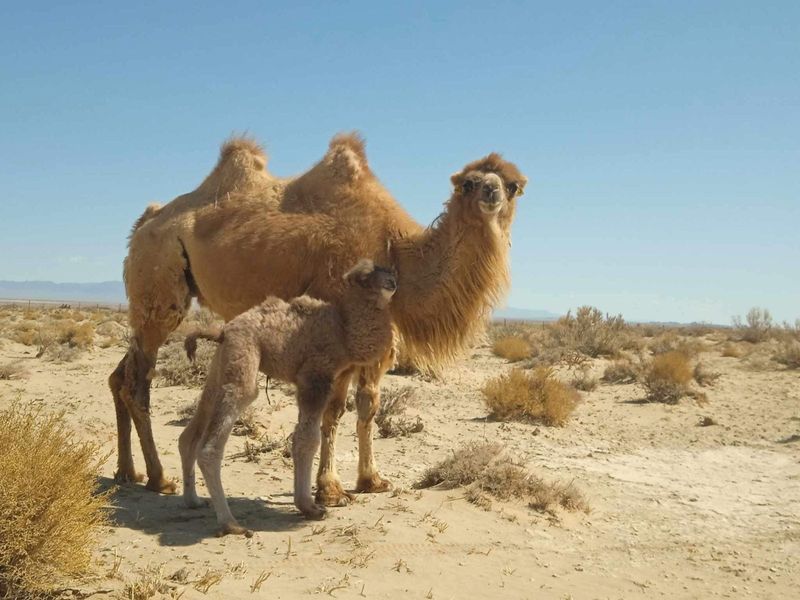
Wild Bactrian camels face a grim reality—fewer than 1,000 remain in the harsh deserts of Mongolia and China. Without intervention, these magnificent creatures could disappear forever.
Hunters, dwindling water sources, and hungry grey wolves threaten their existence daily. Each birth in captivity, like this one at Whipsnade, represents a beacon of hope for the entire species.
Ambassadors Of Hope
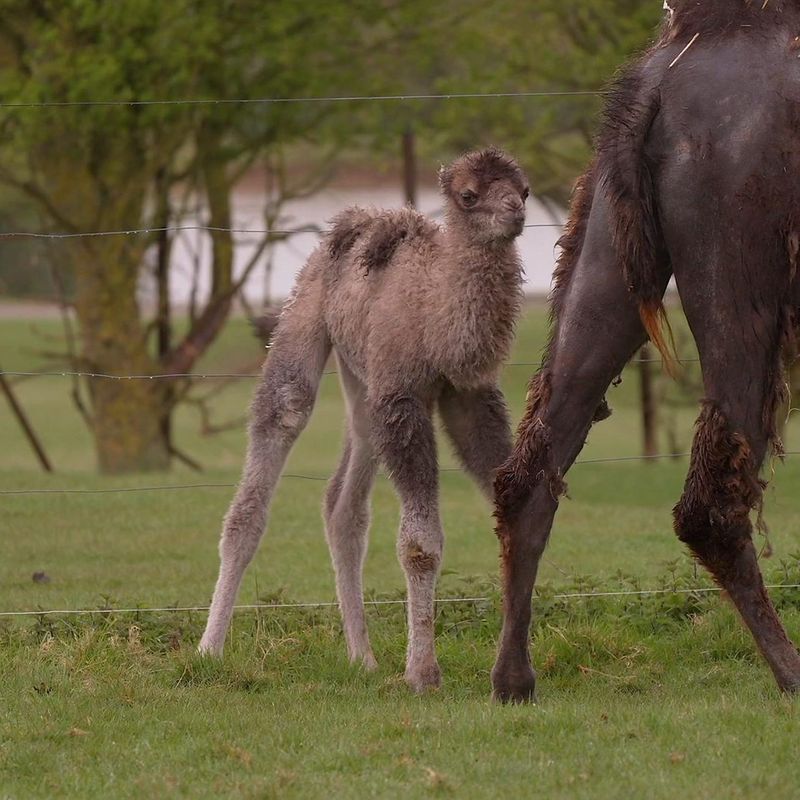
The domestic Bactrian camels at Whipsnade serve as furry ambassadors for their wild cousins, putting a face to conservation needs. Visitors who fall in love with the new calf often develop deeper interest in saving wild populations.
This educational ripple effect is precisely why zoo births matter so much. Each “aww” moment translates into greater public awareness about the plight of these incredible desert dwellers.
Global Guardians

Behind the scenes, the Zoological Society of London doesn’t just celebrate camel births—they’re working tirelessly to save wild populations. Their experts collaborate with Mongolian conservation teams right in the heart of the Gobi Desert.
These partnerships develop crucial protection plans, anti-poaching measures, and habitat preservation strategies. The knowledge gained from caring for zoo camels directly benefits wild conservation efforts.
Public Connection

Nothing beats the joy on visitors’ faces when they spot the fuzzy camel calf exploring his paddock with playful energy! These personal encounters create lasting impressions that books or videos simply can’t match.
Children especially connect with baby animals, making this the perfect opportunity for families to discuss endangered species. Many leave inspired to take small actions that support wildlife conservation in their daily lives.
Diversity Blueprint

Each new camel birth adds precious genetic diversity to the captive population—think of it as widening the family tree! This little one carries unique genetic material that strengthens the species’ resilience against disease and environmental changes.
Zookeepers carefully manage breeding programs to maximize genetic diversity. This scientific approach ensures healthy, sustainable populations for generations to come.
Desert Survivors
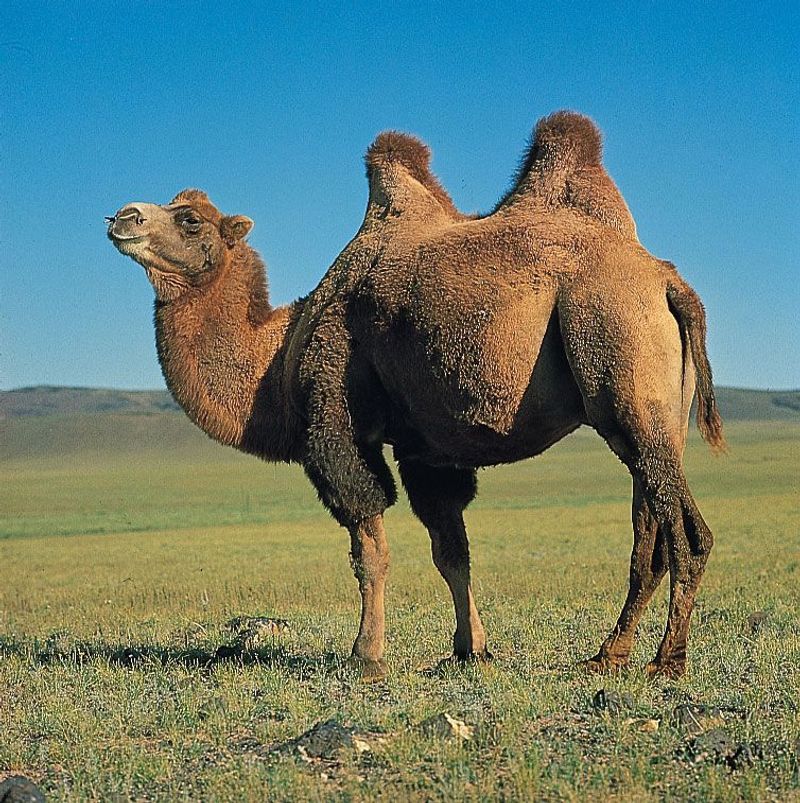
Those iconic twin humps aren’t water storage tanks—they’re actually fat reserves that help camels survive when food is scarce! The calf will develop these distinctive features as he grows.
His already shaggy coat will thicken to withstand temperatures ranging from -40°F to 100°F. Most impressive is his future ability to consume plants too thorny or salty for other animals to eat.
Challenges In Captive Breeding
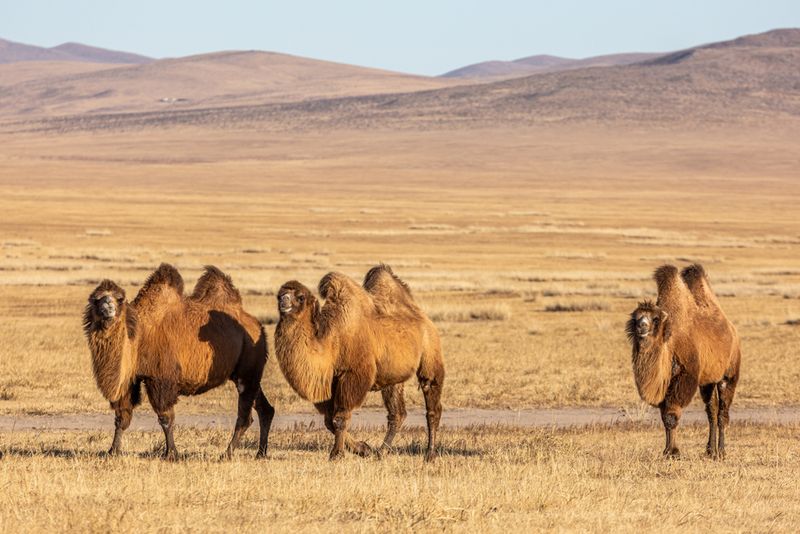
Coaxing camels to reproduce in captivity requires zookeeper wizardry! Staff must perfectly recreate desert conditions while monitoring hormone levels and behavior patterns to identify prime breeding times.
Environmental enrichment—specially designed puzzles, varied terrain, and social opportunities—keeps camels mentally stimulated. This holistic approach encourages natural behaviors including, crucially, the desire to reproduce.
Tomorrow’s Legacy
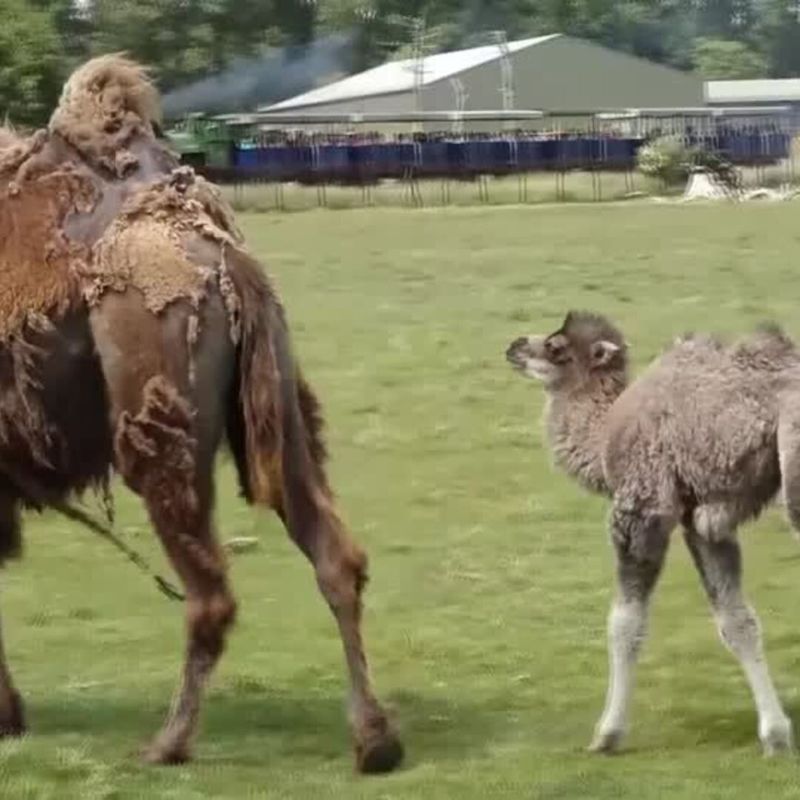
As this little calf grows, each milestone will be carefully documented by dedicated keepers tracking his health, weight, and behavioral development. His journey from wobbly newborn to mature camel represents conservation in action.
One day, he may father calves of his own, continuing the vital bloodline. Every healthy birth strengthens the safety net for a species teetering on the edge of extinction in the wild.

